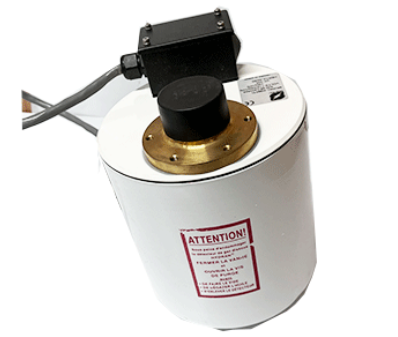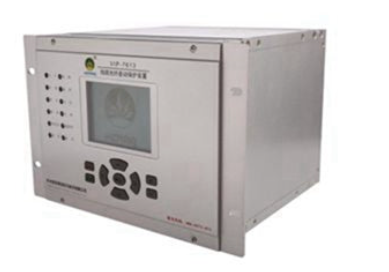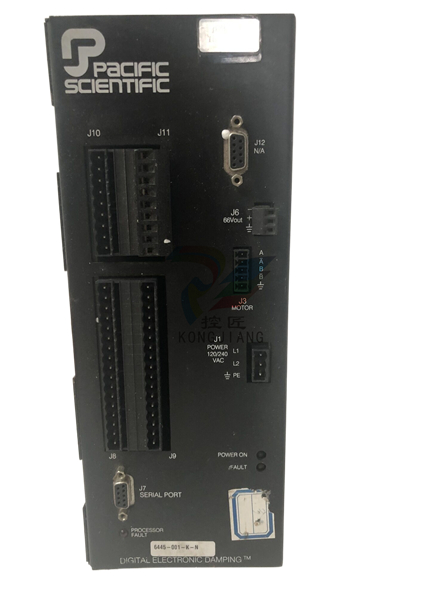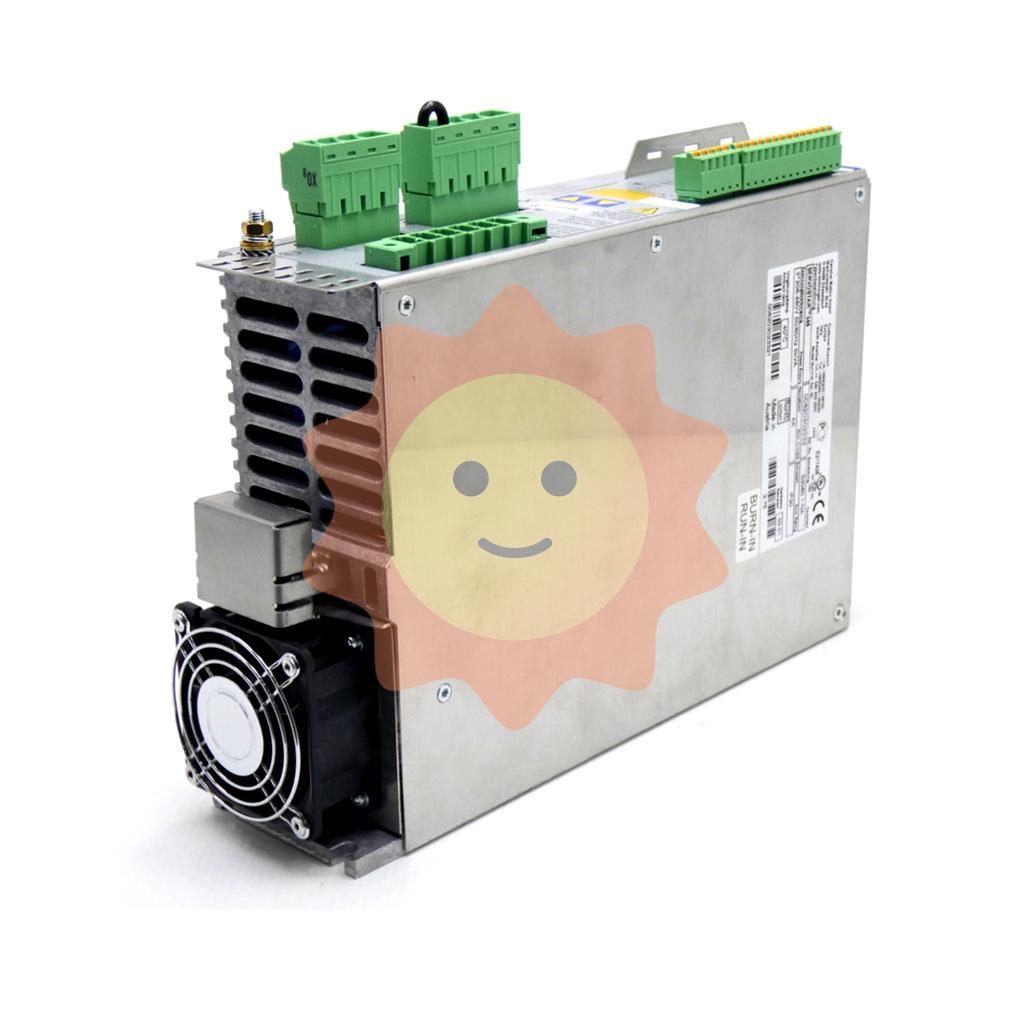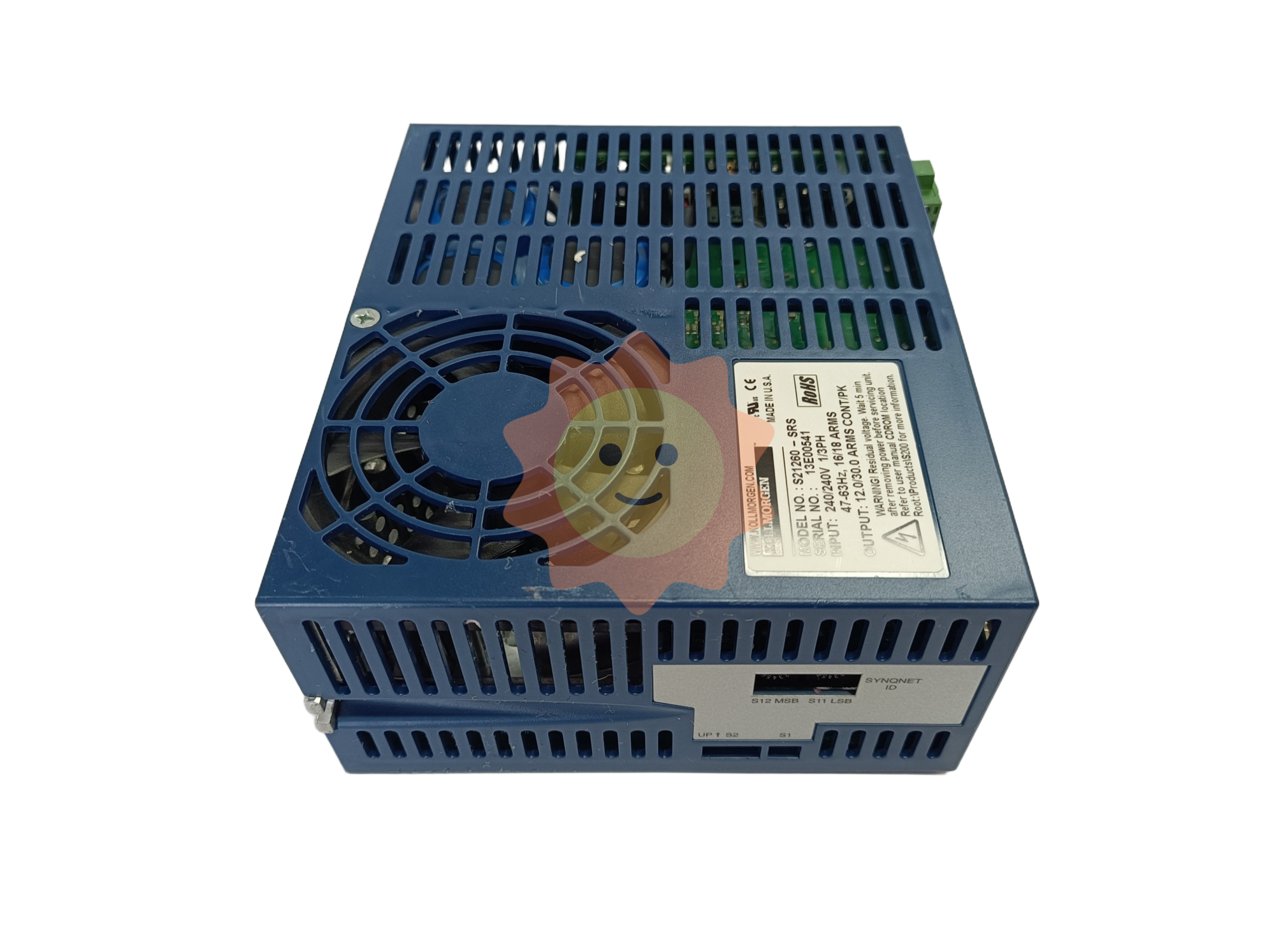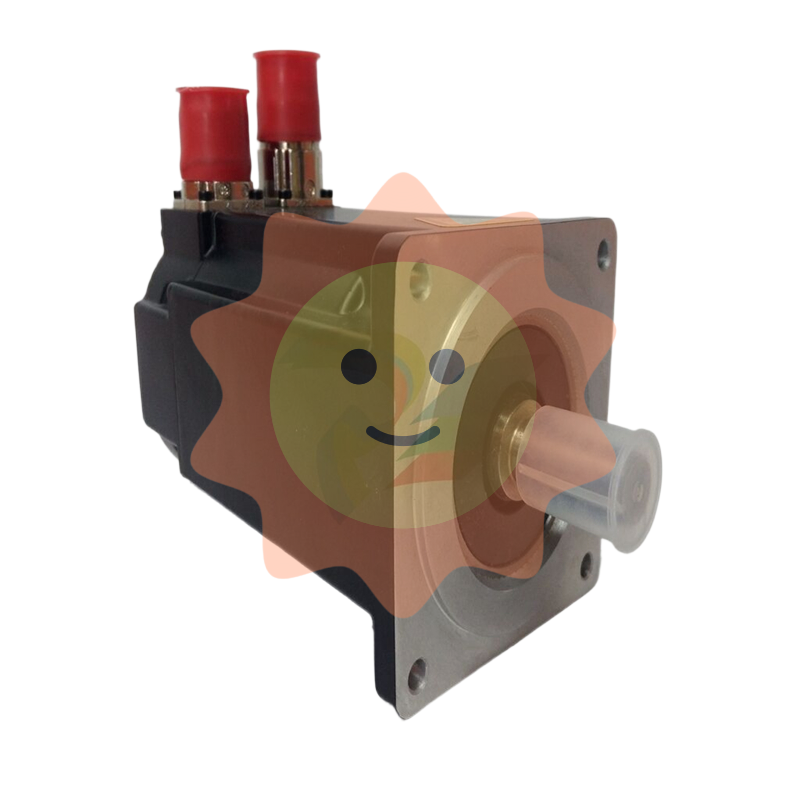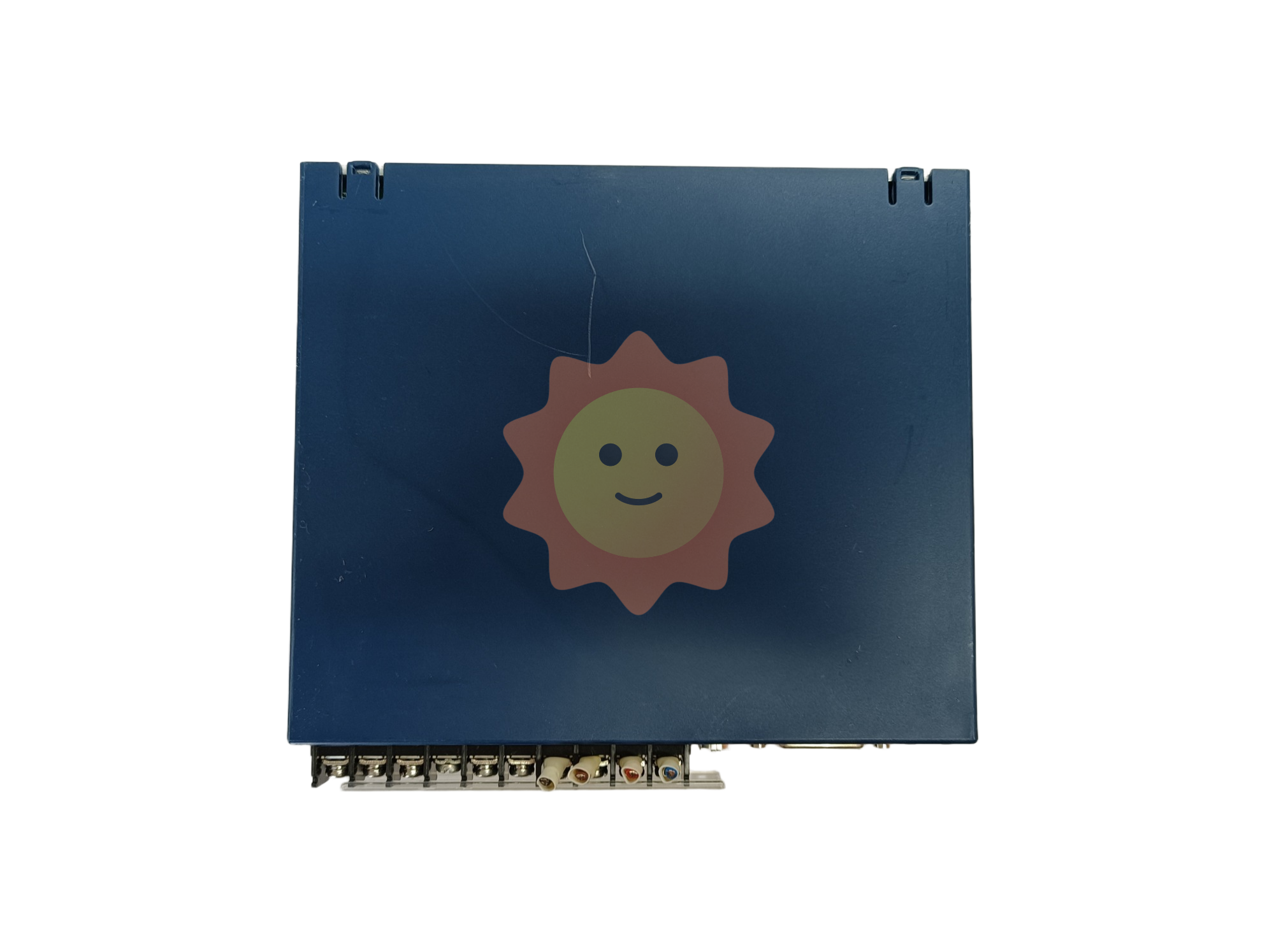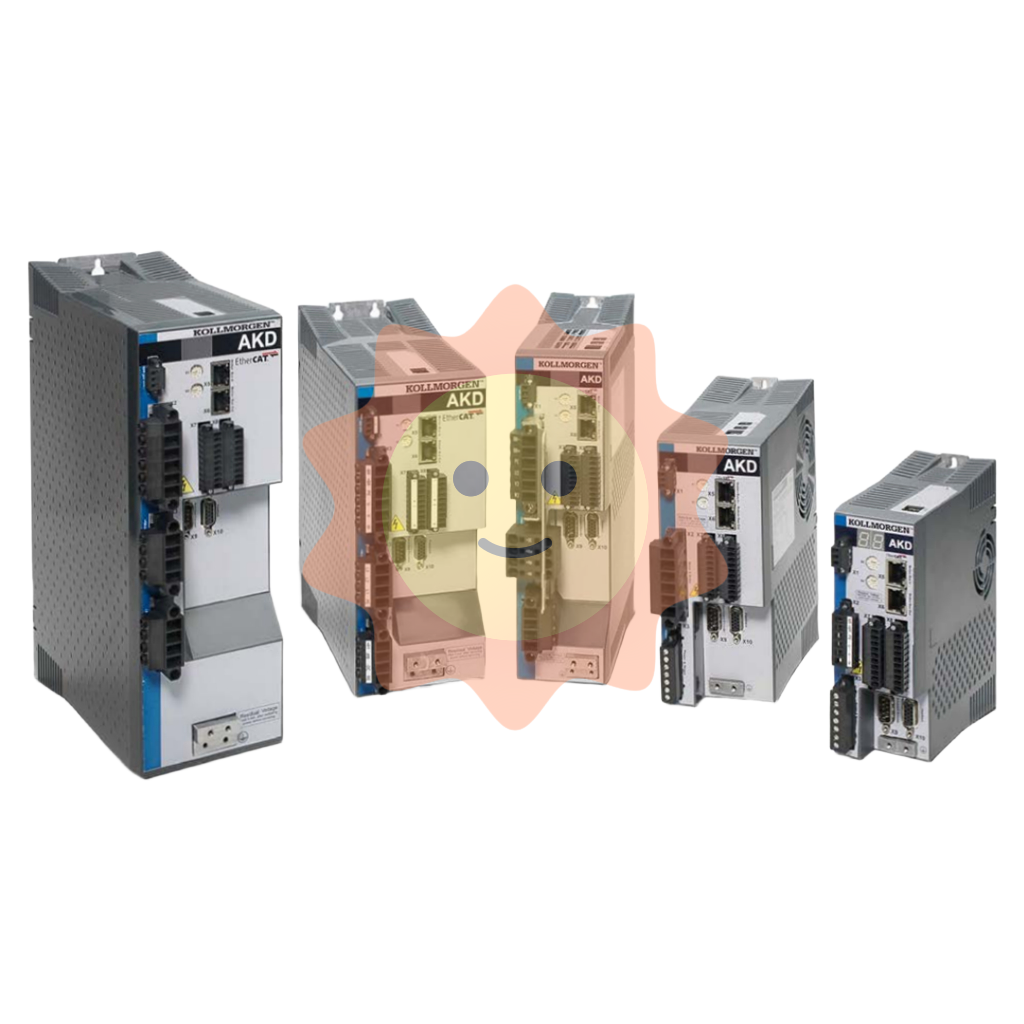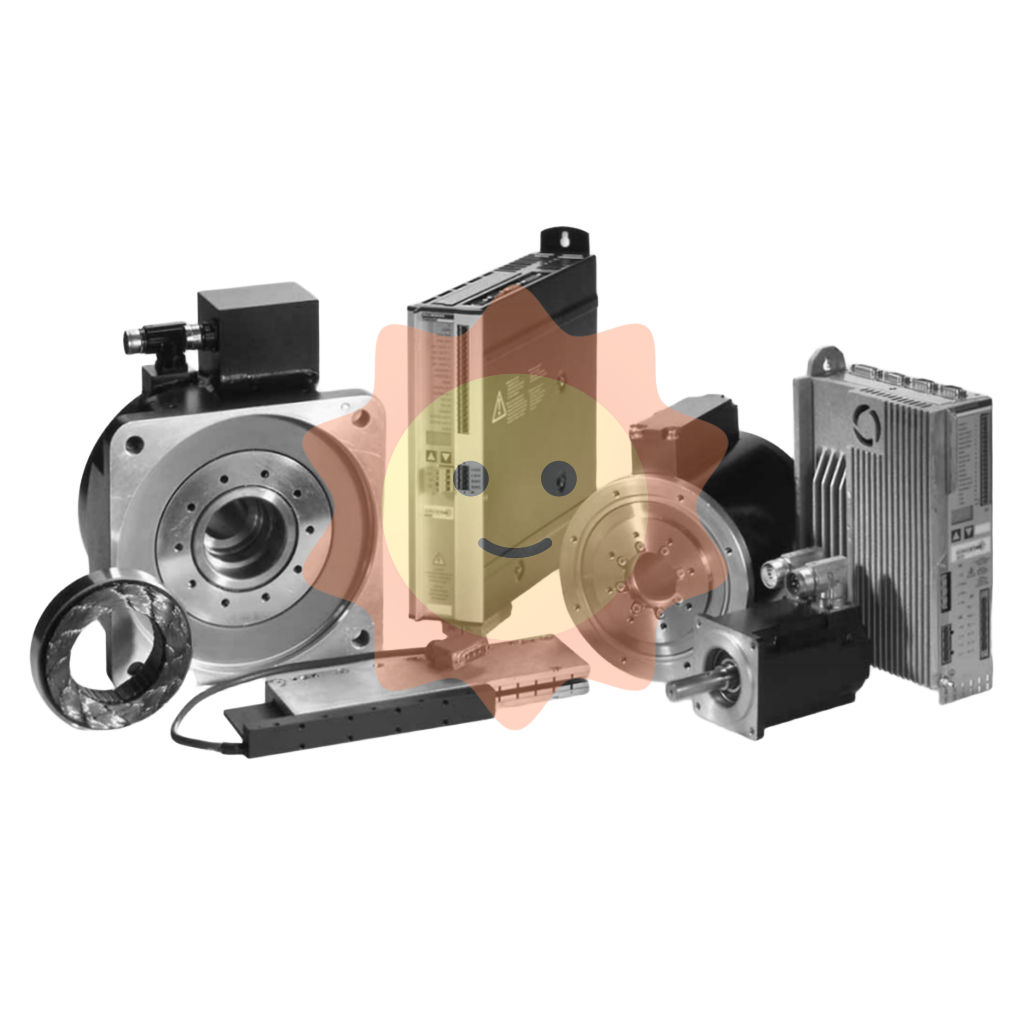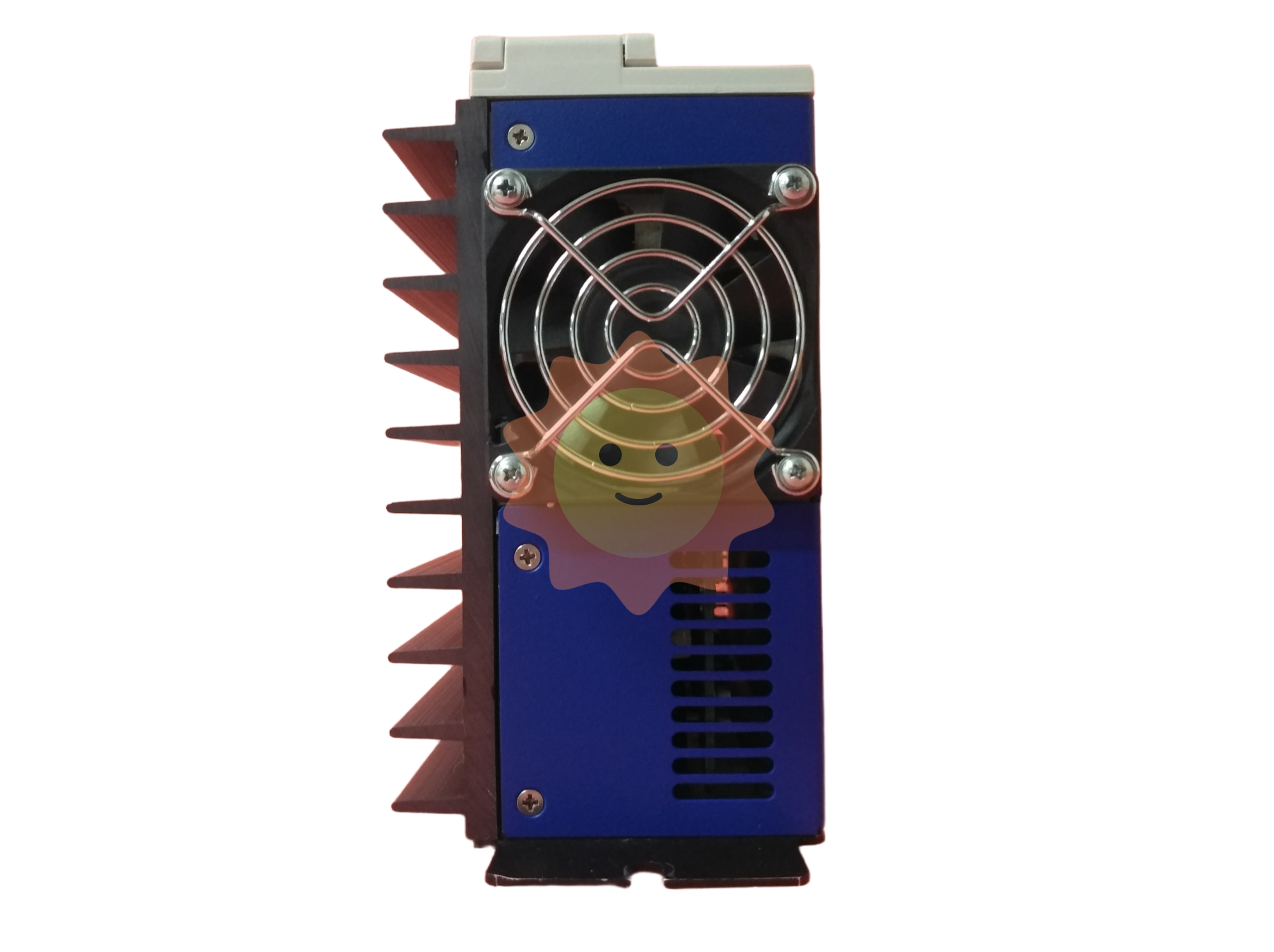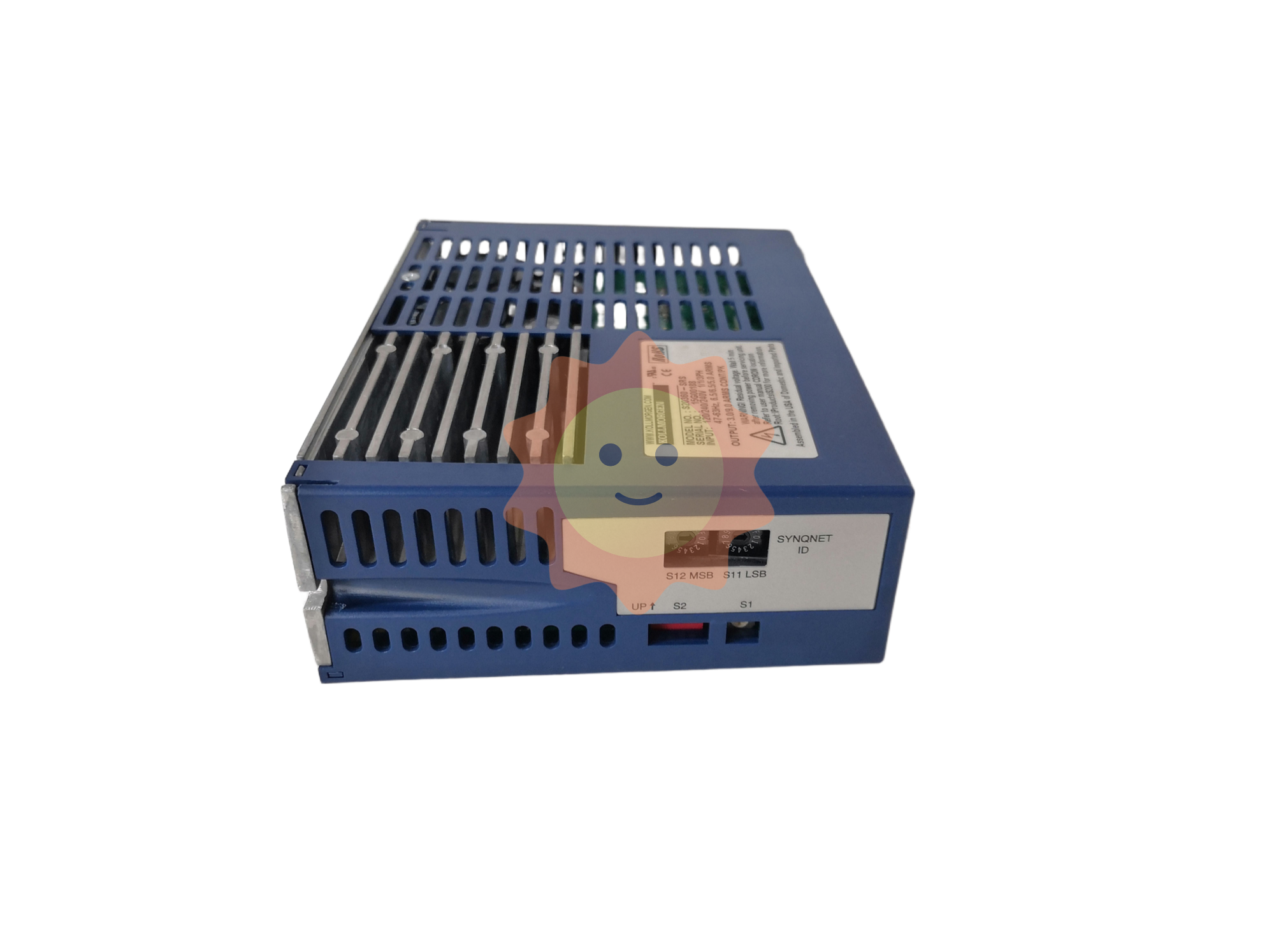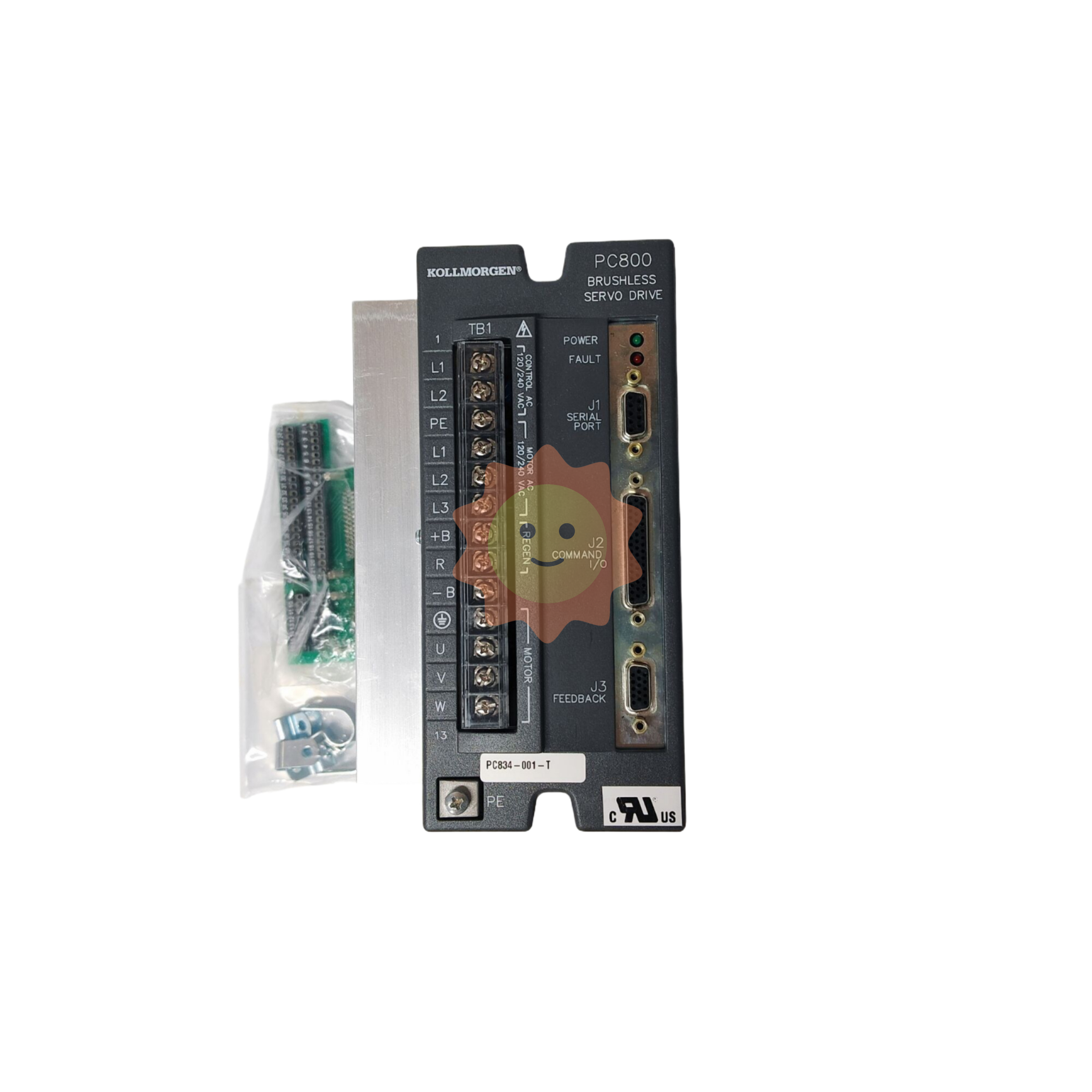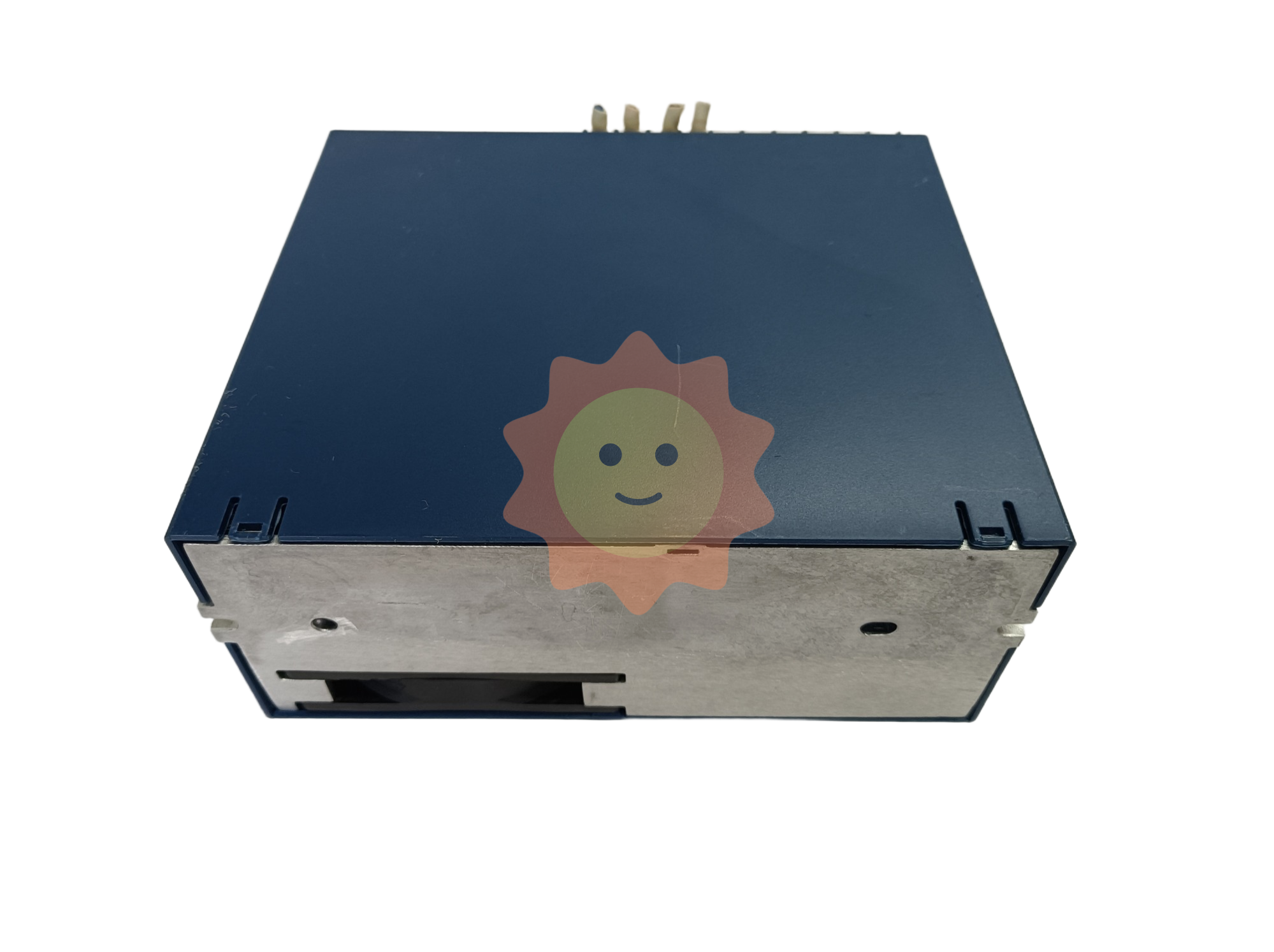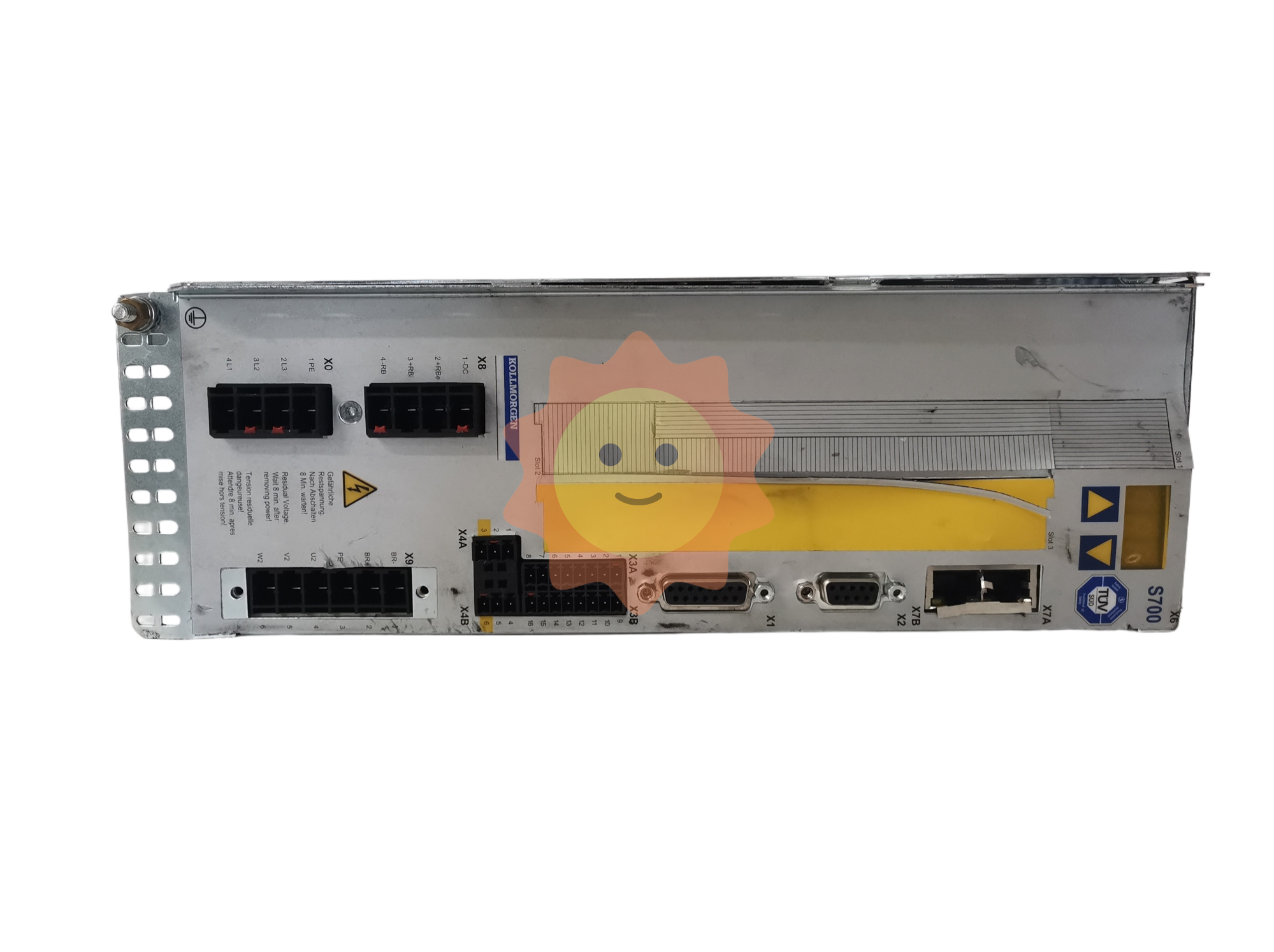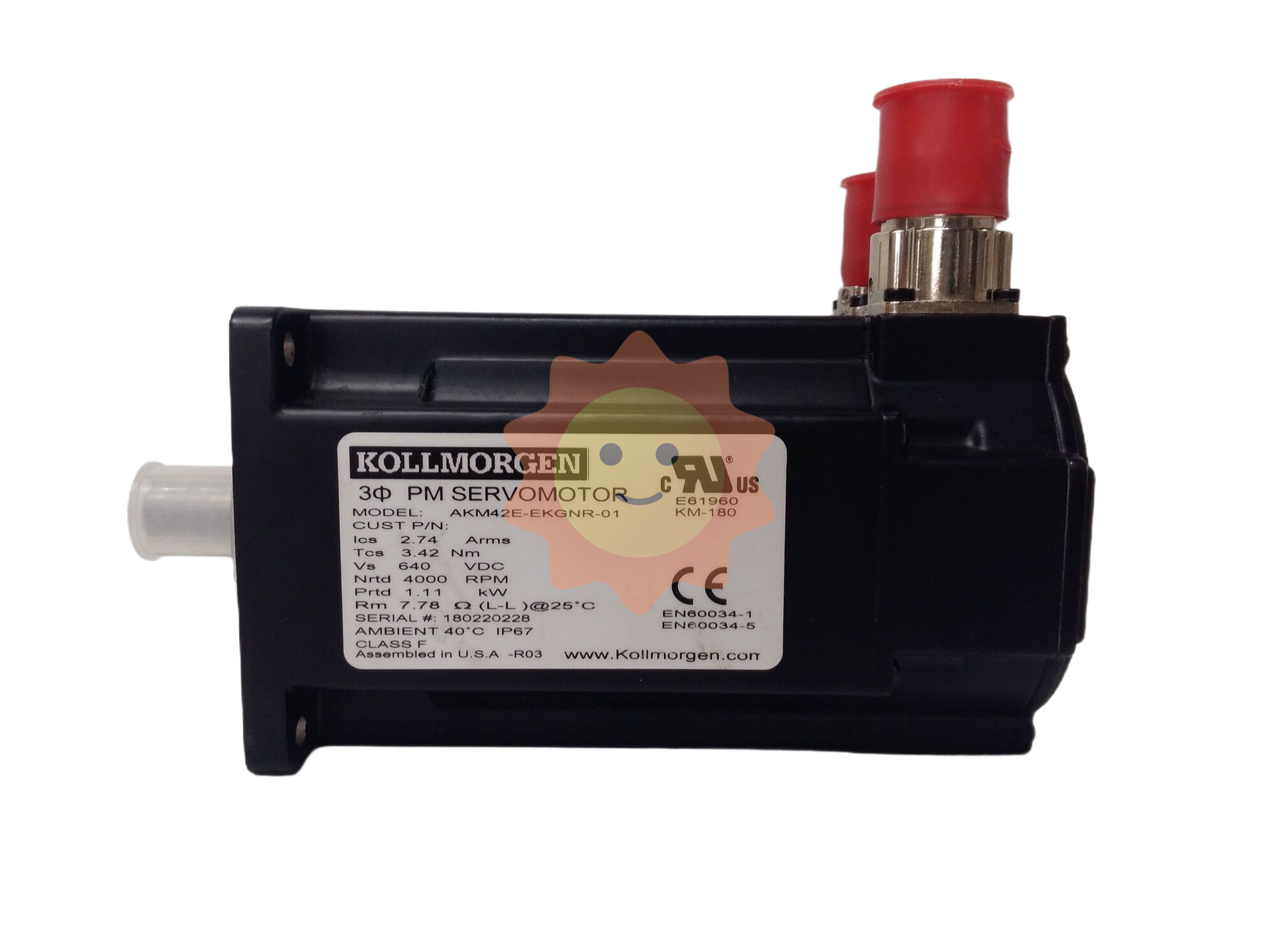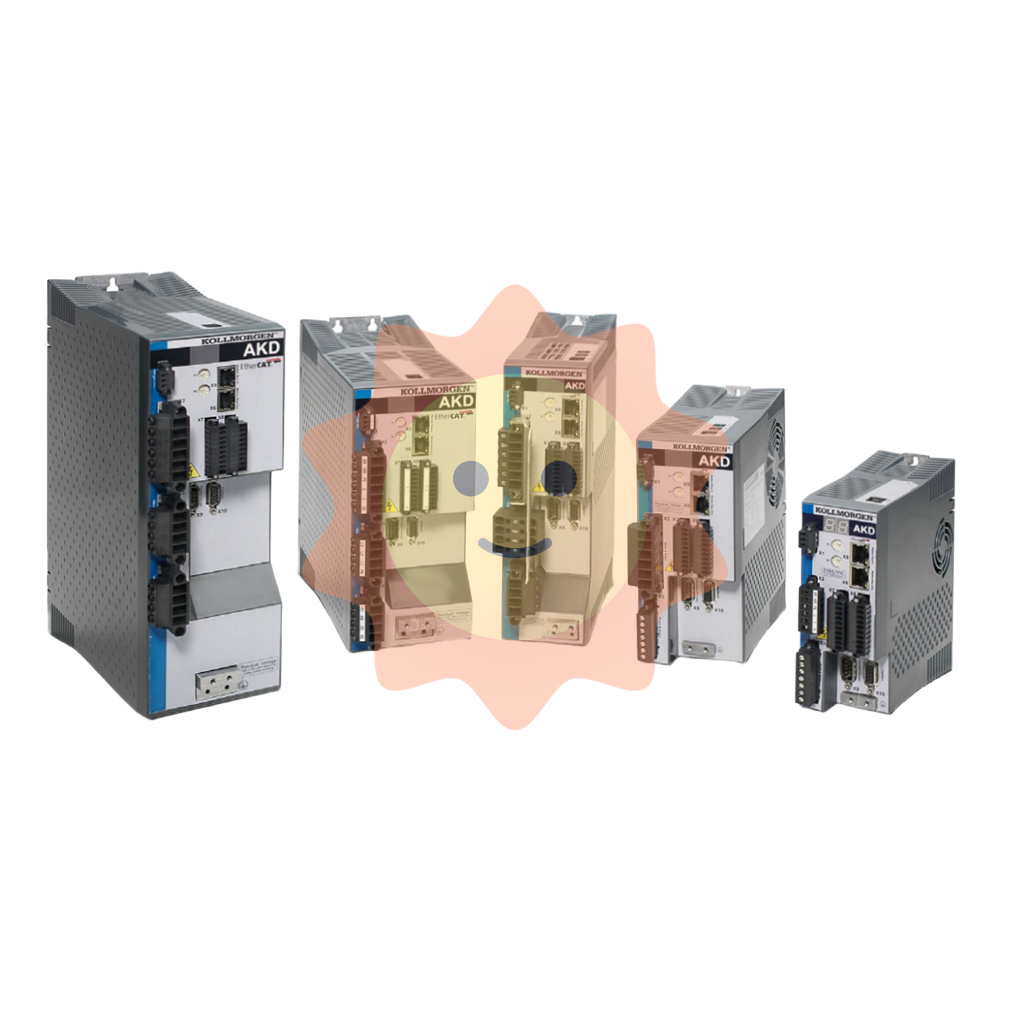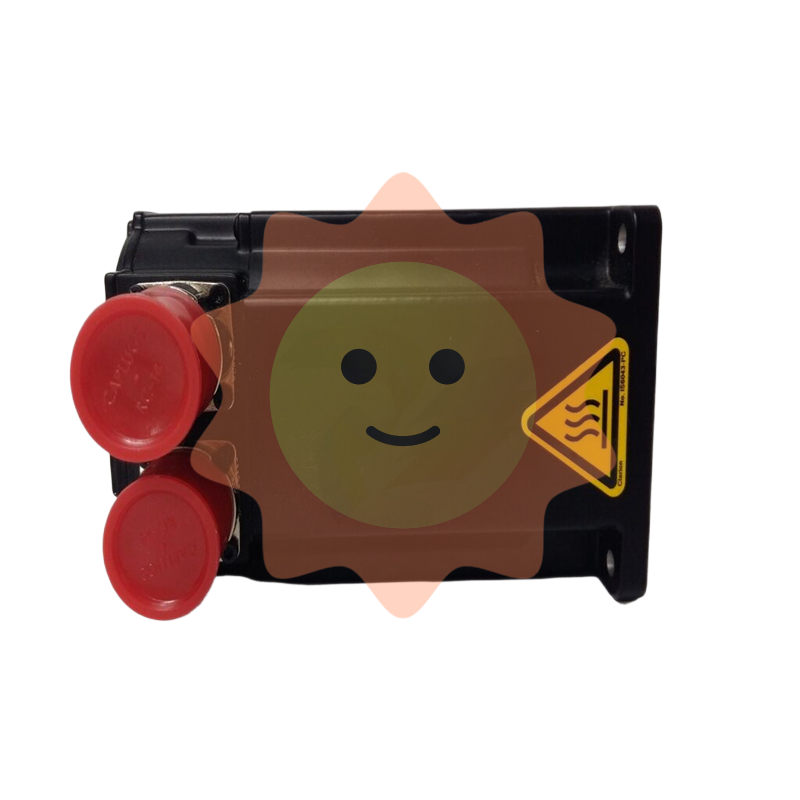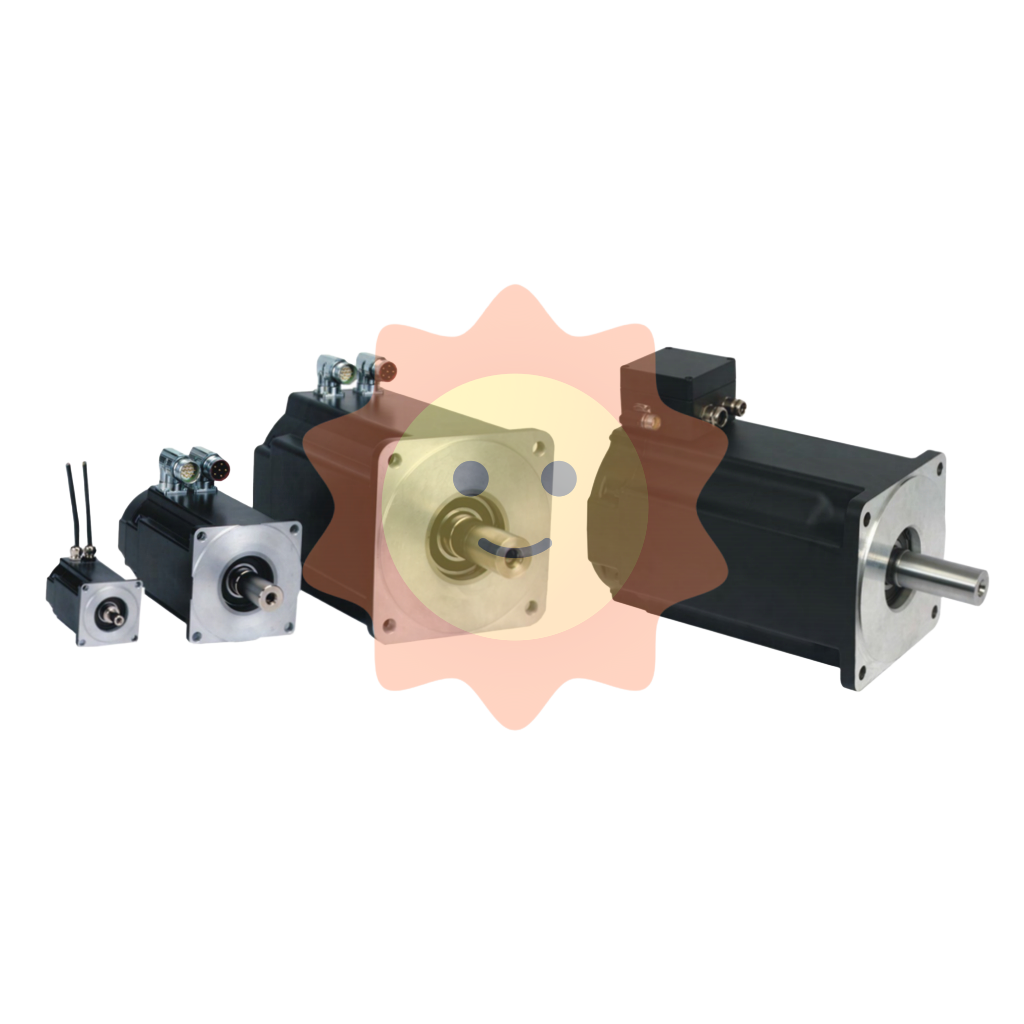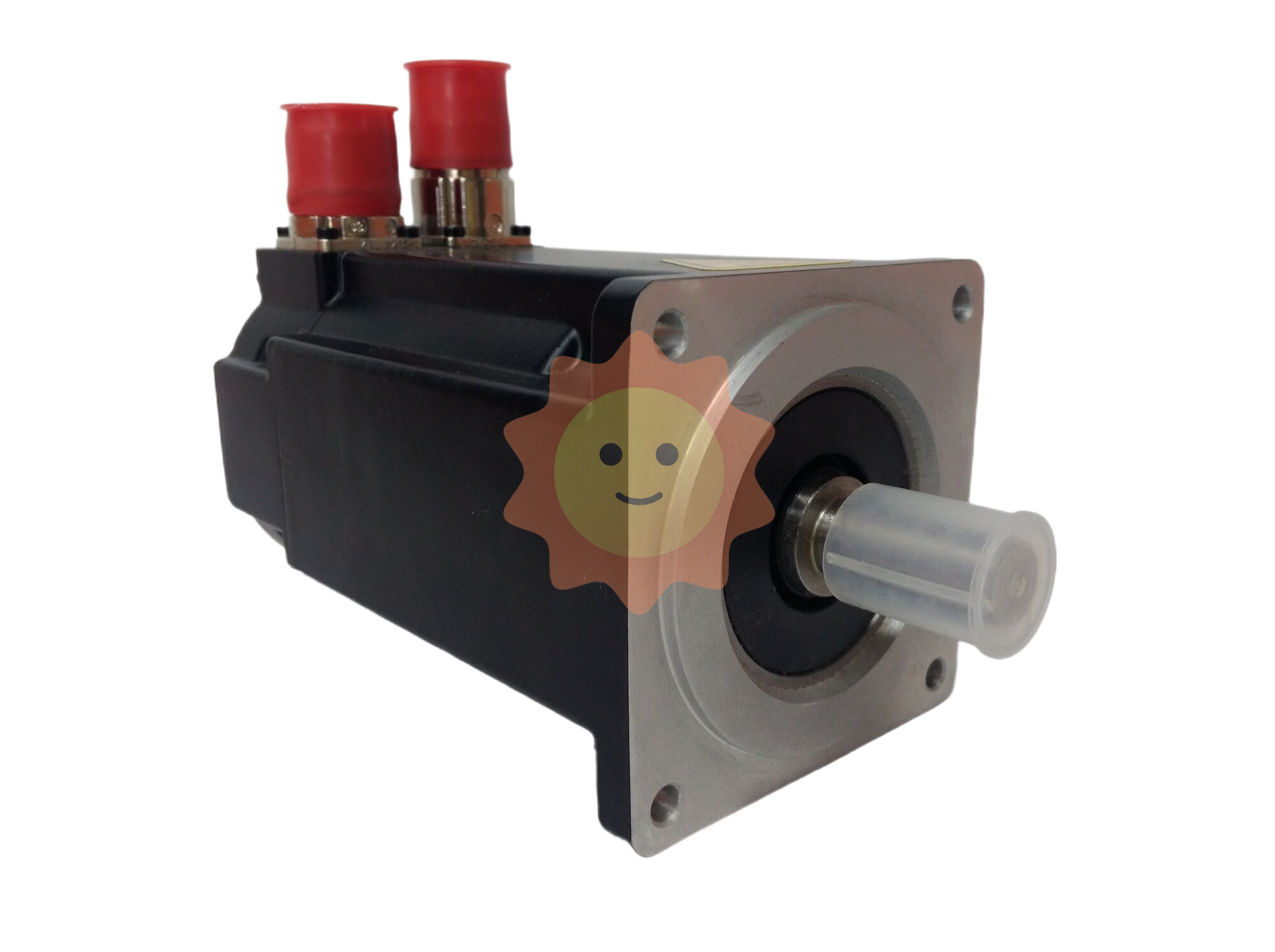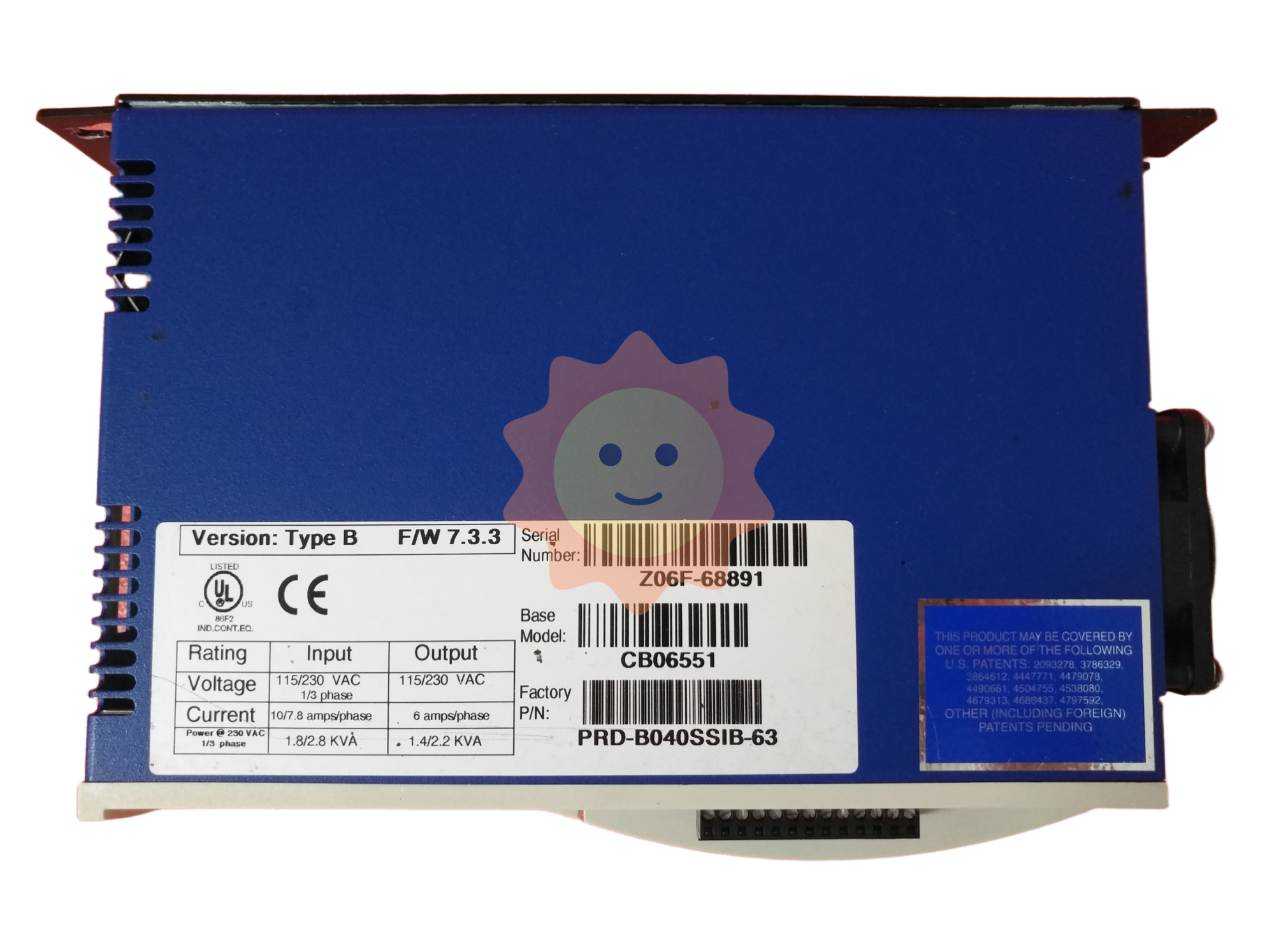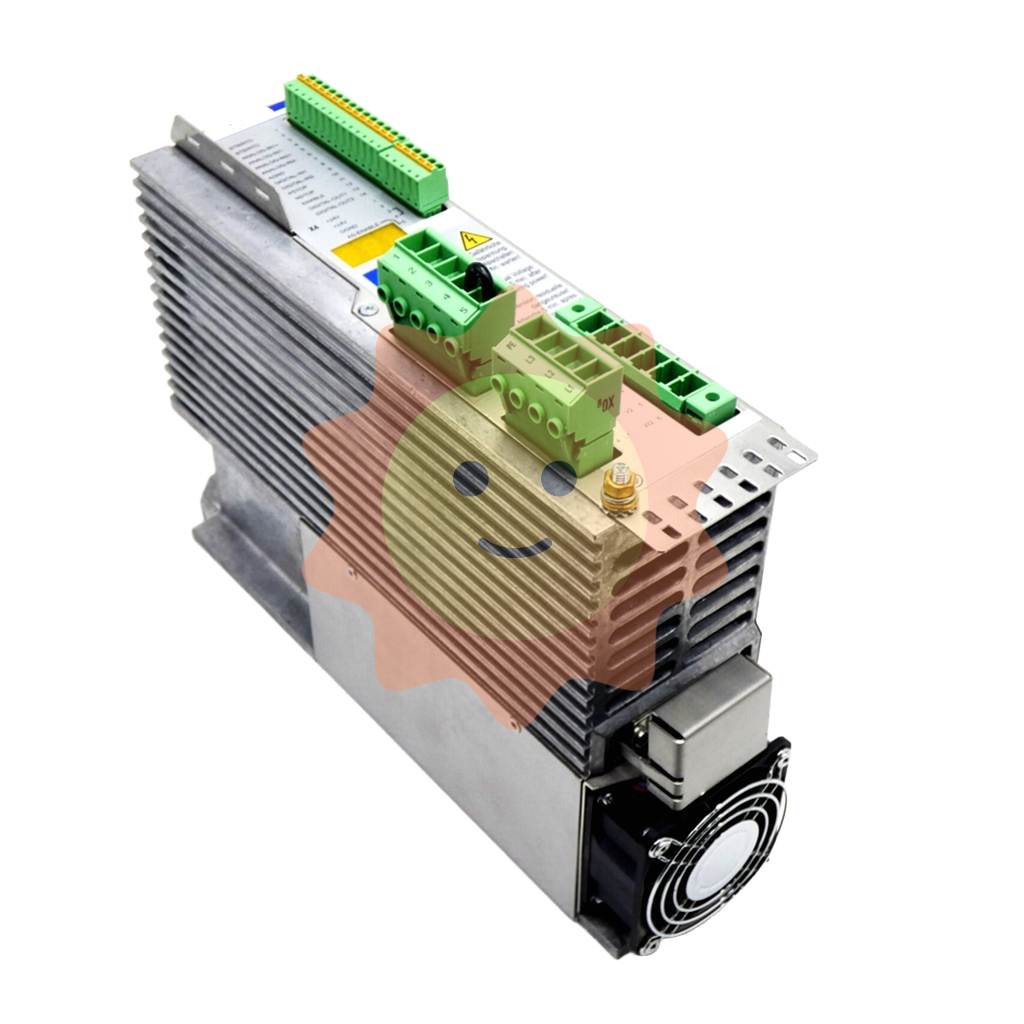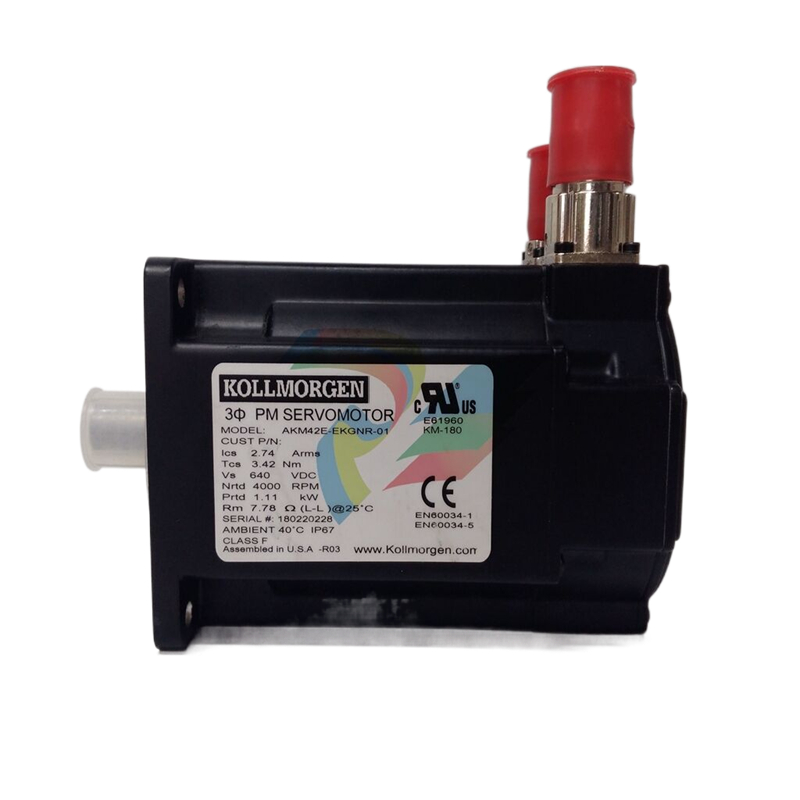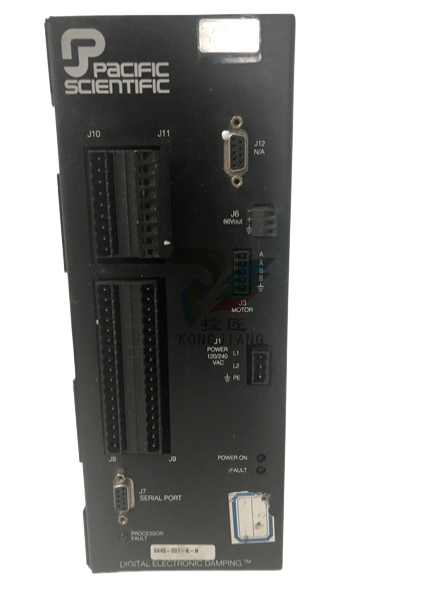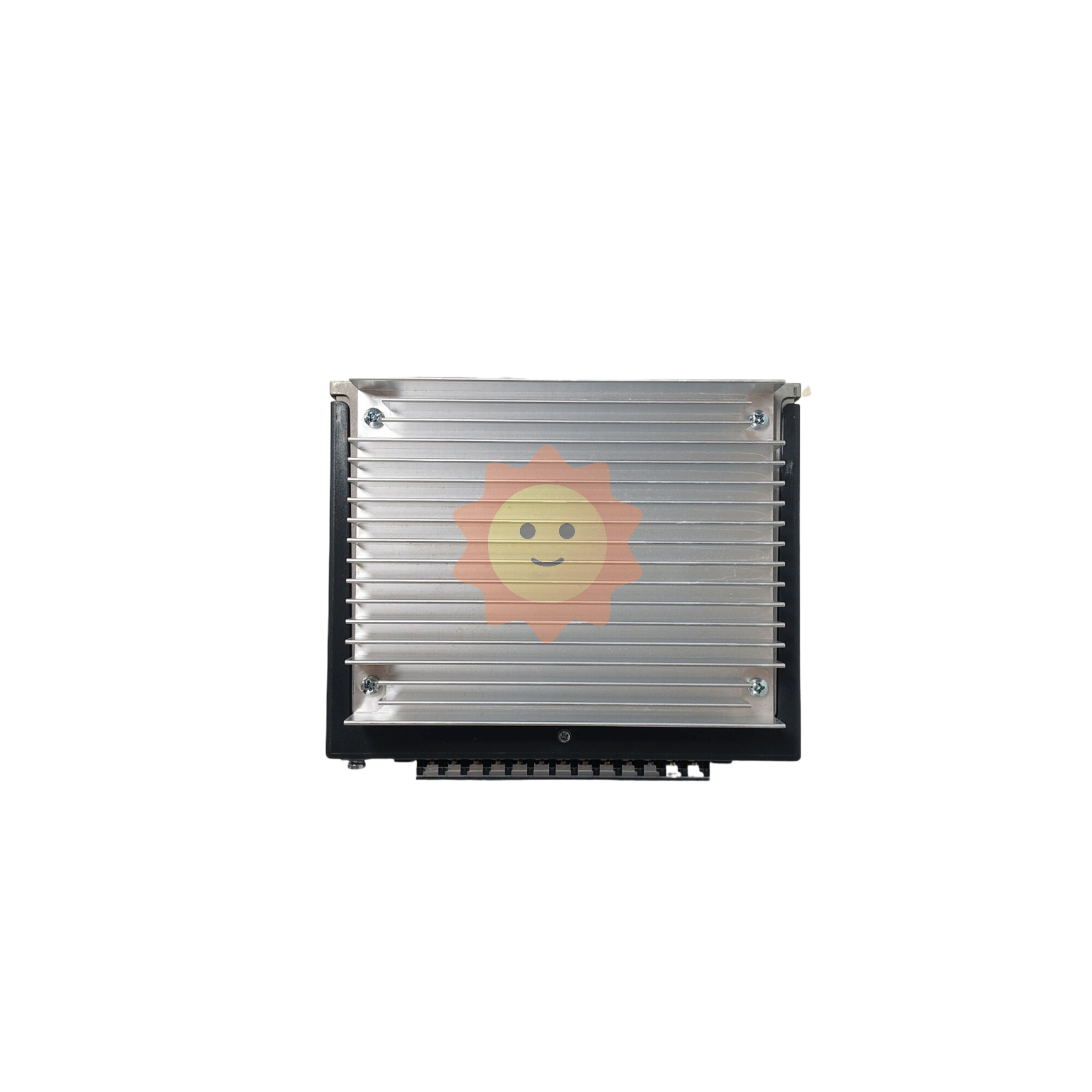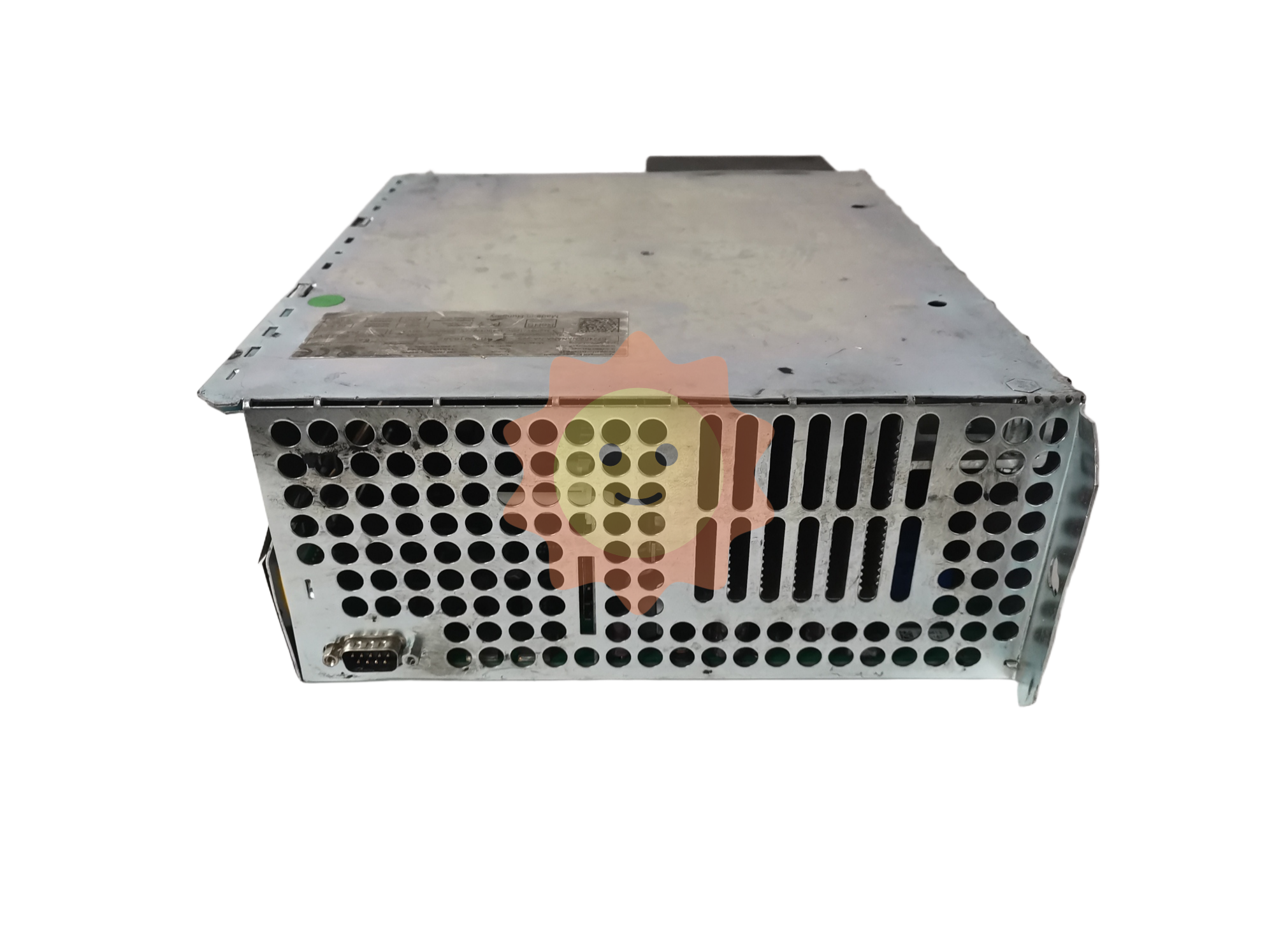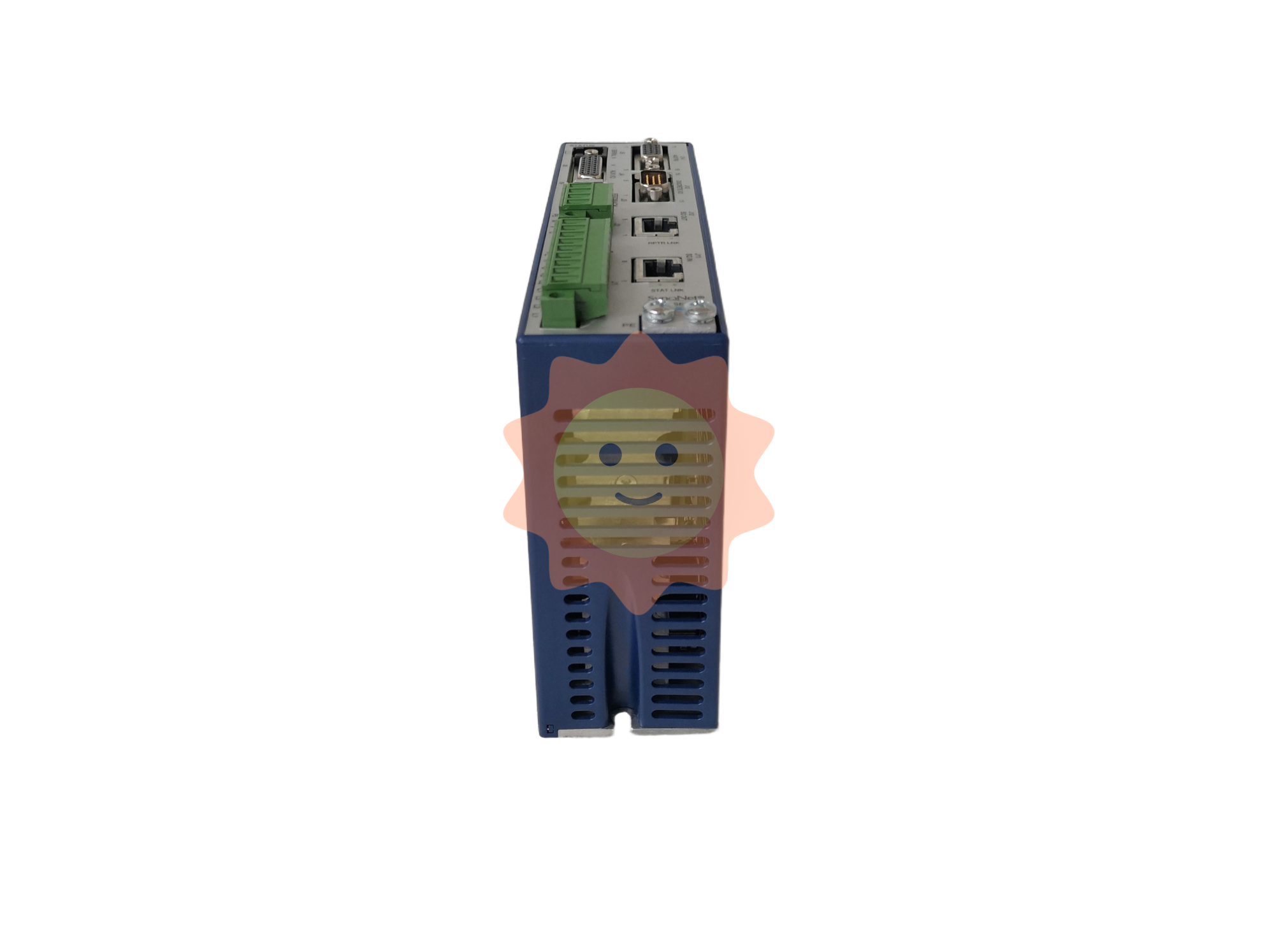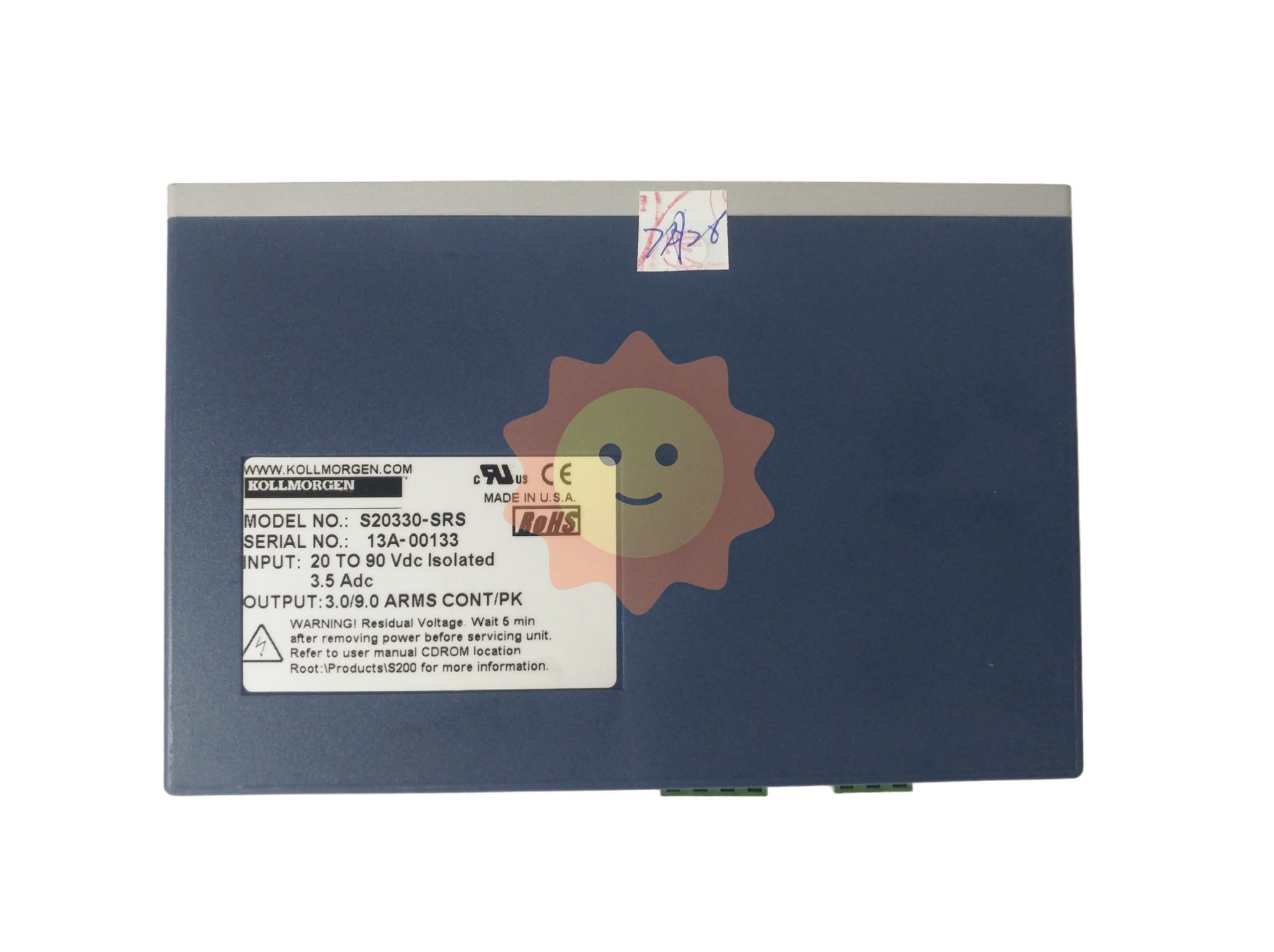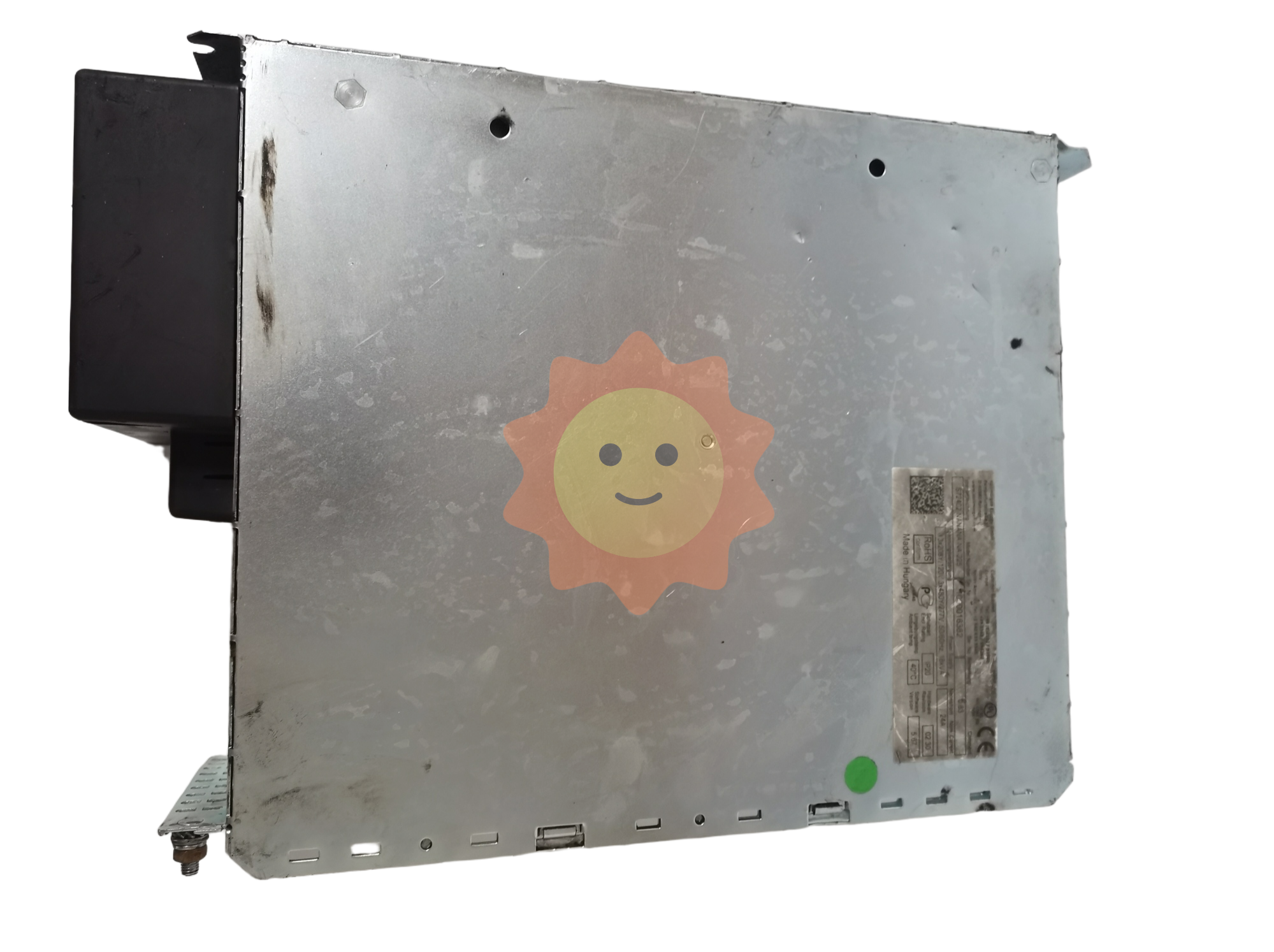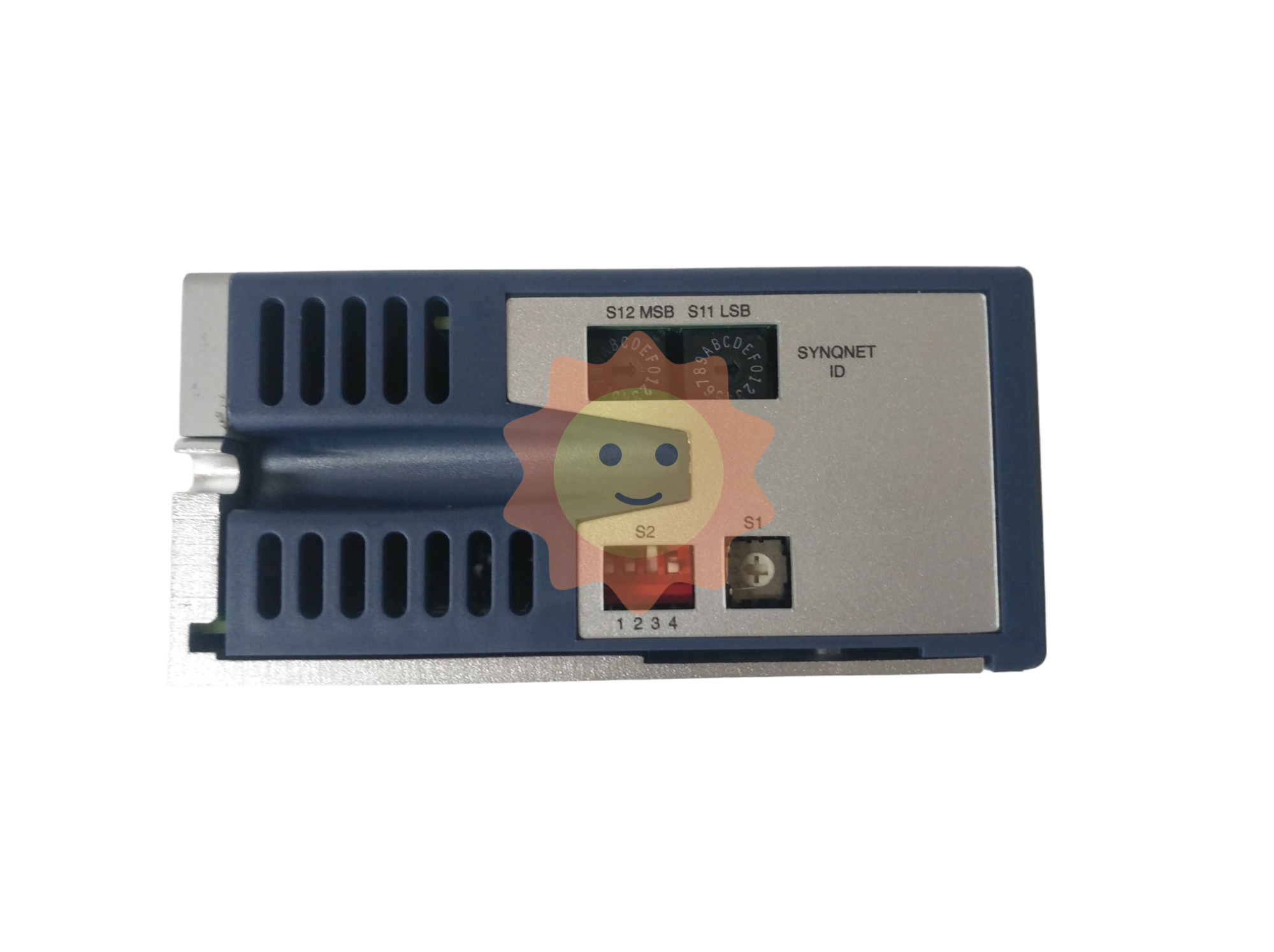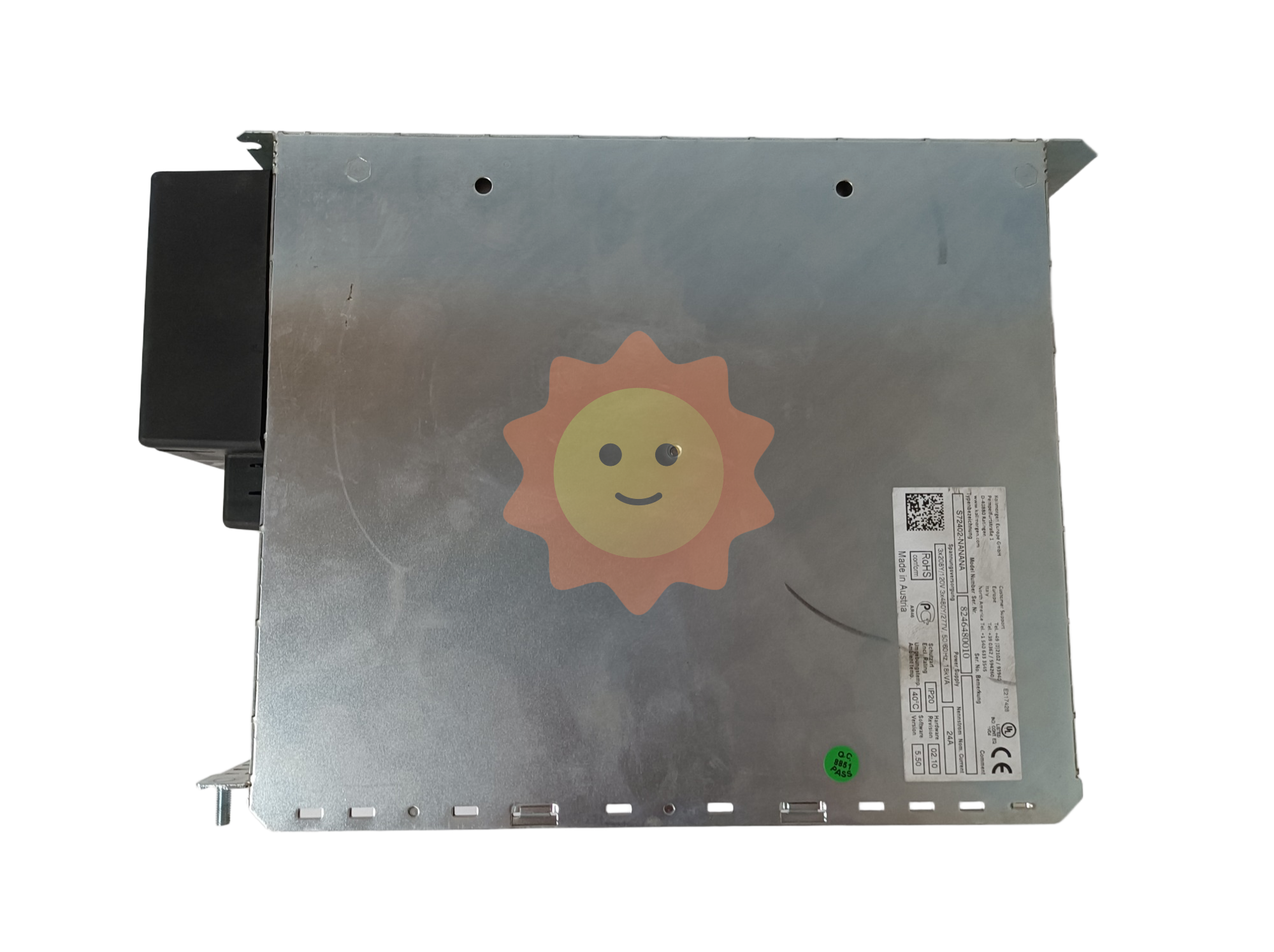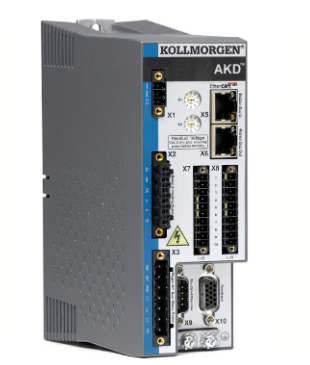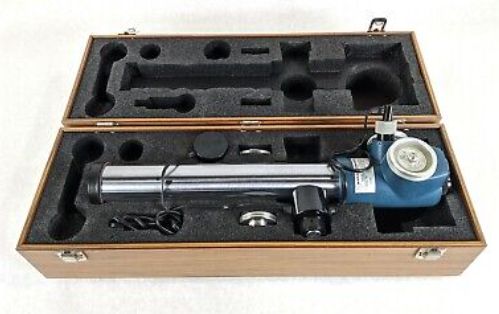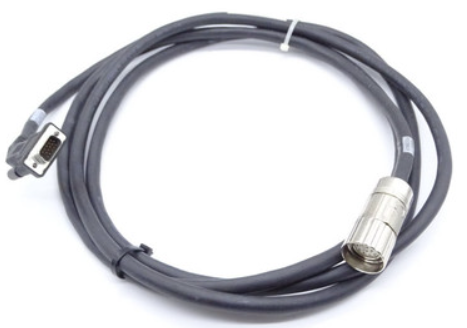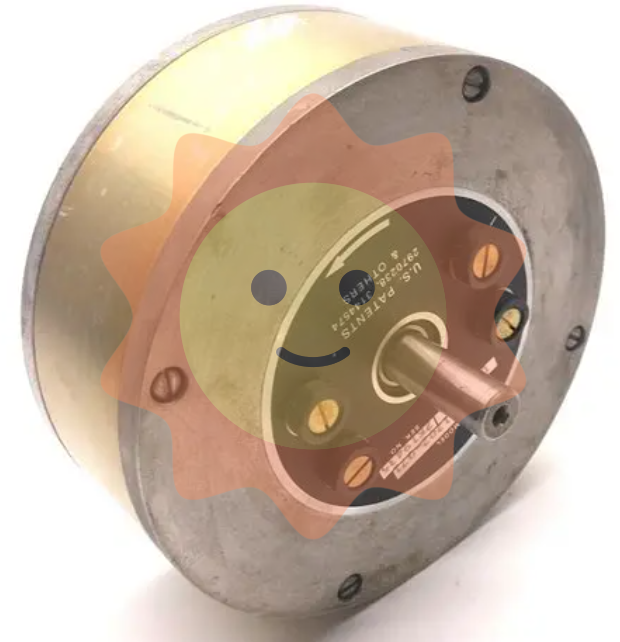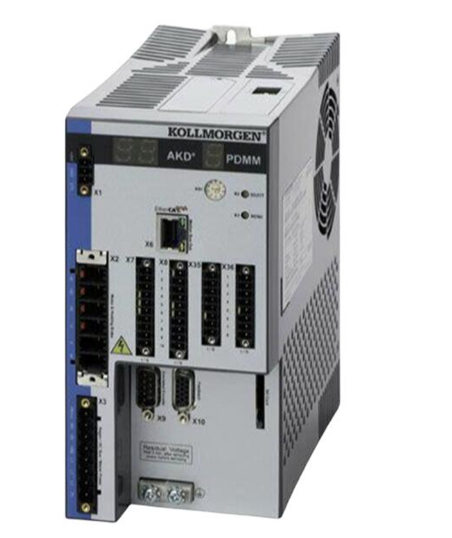Russian rubber industry development status
1. Cars
According to the "Russian rubber industry investment prospects and risk analysis Report" written and released by Global Impression data show that from the second half of 2002, the Russian auto industry entered the "winter" until the bottom of the rebound in 2010, but the development is slow, production and sales have declined. In 2013, Russian automobile production and sales were 2.183 million and 2.998 million, respectively, reaching the highest value in nearly five years. Subsequently, the development of the automobile industry gradually slowed down, until 2017 began to gradually recover, and the increase in production and sales was significant. Among them, the production increased by 19% year-on-year (the same below) to 1.551 million units, ranking 15th in the world; Sales rose 12.9 percent to 1.719 million units. Russia has 1.5 cars per capita and imports the rest of its needs. With strong government support, consumer demand for cars has increased. Affected by Russia's macroeconomic growth, the volume of cargo transport increased, and truck sales jumped by 50.9% in 2017 to 80,000 units, and bus sales were 43,000 units, which was flat year-on-year. In 2017, the top five passenger car and light commercial vehicle manufacturers in Russia accounted for 60% of the market share, including LADA(21%), Kia (12%), Hyundai (11%), Renault (9%) and Toyota (6%).
The development of the Russian automobile industry is inseparable from the support of national policies, in 2018, the Russian government provided about 1.6 billion yuan of financial support for the first car purchase, and gave 15,000 to 25,000 yuan subsidies for the purchase of fuel vehicles, electric vehicles and car rental. The world's major automobile manufacturers are optimistic and landed in the Russian market, driving the growth of demand for tire products.
Step 2: Tires
There are only more than 10 tire factories in Russia, with an annual capacity of 50 million passenger tires and 14 million truck tires. Since 2018, due to the stability of the political environment, the automobile and tire markets have gradually recovered. In 2017, the production of passenger tires in Russia was 38 million, of which 20 million were winter tires. In 2017, the number of tires imported by Russia from China increased, with passenger tires increasing by 75.5%, truck tires increasing by 14.3%, motorcycle tires increasing by 22.8%, and bicycle tires decreasing by 13.6%.

According to the Russian Tire Manufacturers Association, the highest demand for imported tires in Russia reached 20 million, and the current demand for imported tires dropped to 10 million/year due to large inventories. Among them, in 2017, Russia imported 1.5 million passenger tires (summer tires) and 400,000 truck tires from China; In the first quarter of 2018, 138,000 truck and bus tires were imported from China, an increase of about 20% from 102,000 in the first quarter of 2017, and 550,000 truck and bus tires are expected to be imported from China throughout the year.
Decree No. 792-r issued by the Russian Government on April 28, 2018, stipulates that from December 1, 2019, all rubber products imported into Russia or produced in Russia (including tires, hoses, tapes, etc.) require a unique barcode as identification information for government administration. But Russia has not implemented a tire labeling system.
3. Steel and mining
According to the "Russian rubber Industry Investment Prospects and Risk Analysis Report" written and released by Global Impression, Russia's crude steel production in 2017 was 71.3 million tons, ranking fifth in the world; The apparent consumption of steel was 40.6 million tons, and production and sales increased. Russia has complex geological structure, rich mineral resources and occupies an important position in the total reserves of natural resources in the world.
Steel production and mining require rubber conveyor belts, and in 2017 Russia imported 4,035 tons of conveyor belts from China, a slight increase of 0.3%. Among them, metal reinforced conveyor belt 533 tons, down 70.6%; Textile materials reinforced conveyor belt 3427 tons, an increase of 57.5%; Other conveyor belts 75 tons, an increase of 103%.
4. Waste tire recycling
According to the Russian Tire Ecological Union (Eco Tyre Union), since 2015, the Russian government has mandated that tire manufacturers must assume the responsibility for recycling a certain number of used tires, but the original tires, retreaded tires, and trade export tires are excluded. At present, a three-year recycling target has been set, that is, 20% in 2018, 25% in 2019, and 30% in 2020 (the previous year's tire sales are used as the benchmark index for this year, and the fraction is measured by weight), and it is expected that the recycling ratio in the next three years will be adjusted by the middle of 2020. Current recycling methods: tire manufacturers recycle themselves, ask other companies to recycle, form an alliance by themselves or pay recycling fees to the government according to the weight of waste tires, and the government realizes recycling.

There are three kinds of waste tire treatment in Russia: mechanical crushing, thermal cracking and thermal energy conversion, of which there are 24 mechanical crushing treatment enterprises in the alliance, 5 thermal cracking enterprises and 2 thermal energy conversion enterprises, but thermal cracking and thermal energy conversion are not recognized by the government as the scope of recycling treatment. At the same time, the alliance has formulated waste tire recycling rules in 2017, engineering tires are not in the rules, and are expected to be included in the future. In 2018, Russia produced 800,000 tons of waste tires, which is 160,000 tons according to the prescribed 20% processing capacity, and the existing processing capacity is 250,000 to 300,000 tons/year, which can meet the current processing indicators. However, as the indicators increase year by year, the future processing capacity will not be able to meet.
At the same time, the alliance also spreads the environmental concept of waste tire recycling to the public, clarifies the social responsibility of tire manufacturers and importers in the process of marketization, and encourages the development of more systematic and optimized waste tire collection and transportation means; In conjunction with the Russian Tire Manufacturers Association to carry out government lobbying work, and work closely with government agencies to collect market information to provide to government-supported and encouraged processing enterprises; Increase the awareness of participation of all enterprises and individuals, and promote the direct docking of tire manufacturers and recycling enterprises, making the process more open and transparent.
The alliance has more than 40 inspection lists for the qualification of the winning enterprises, including the transport volume of waste tires, the consumption of electricity, energy, equipment, the number of employees, etc., through the above information to determine the processing volume, and then provide financial subsidies. The alliance provides a subsidy fee of 720 yuan/ton for the winning enterprises, and will conduct random inspections and video surveillance.
- EMERSON
- Honeywell
- CTI
- Rolls-Royce
- General Electric
- Woodward
- Yaskawa
- xYCOM
- Motorola
- Siemens
- Rockwell
- ABB
- B&R
- HIMA
- Construction site
- electricity
- Automobile market
- PLC
- DCS
- Motor drivers
- VSD
- Implications
- cement
- CO2
- CEM
- methane
- Artificial intelligence
- Titanic
- Solar energy
- Hydrogen fuel cell
- Hydrogen and fuel cells
- Hydrogen and oxygen fuel cells
- tyre
- Chemical fiber
- dynamo
- corpuscle
- Pulp and paper
- printing
- fossil
- FANUC
- Food and beverage
- Life science
- Sewage treatment
- Personal care
- electricity
- boats
- infrastructure
- Automobile industry
- metallurgy
- Nuclear power generation
- Geothermal power generation
- Water and wastewater
- Infrastructure construction
- Mine hazard
- steel
- papermaking
- Natural gas industry
- Infrastructure construction
- Power and energy
- Rubber and plastic
- Renewable energy
- pharmacy
- mining
- Plastic industry
- Schneider
- Kongsberg
- NI
- Wind energy
- International petroleum
- International new energy network
- gas
- WATLOW
- ProSoft
- SEW
- wind
- ADVANCED
- Reliance
- YOKOGAWA
- TRICONEX
- FOXBORO
- METSO
- MAN
- Advantest
- ADVANCED
- ALSTOM
- Control Wave
- AB
- AMAT
- STUDER
- KONGSBERG
- MOTOROLA
- DANAHER MOTION
- Bently
- Galil
- EATON
- MOLEX
- Triconex
- DEIF
- B&W
- ZYGO
- Aerotech
- DANFOSS
- KOLLMORGEN
- Beijer
- Endress+Hauser
- MOOG
- KB


Email:wang@kongjiangauto.com



